Vietnam is not located directly on major tectonic plate boundaries, but there is still a risk of earthquakes due to "dormant" faults that can "wake up" at any time. After the strong earthquake that occurred in Myanmar at the end of March, the question is whether faults in Vietnam, especially in the Northwest and Hanoi , can generate strong earthquakes in the future?
To clarify this issue, VTC News interviewed Associate Professor Dr. Nguyen Hong Phuong, one of the pioneering scientists in earthquake and tsunami research in Vietnam.

- Sir, the earthquake on March 28 in Myanmar is believed to be the result of stress accumulated over 200 years at the boundary of the Indian-Eurasian plate. Are there similar potential fault systems in Vietnam, where stress may have been quietly accumulating over a long period of time?
On March 28, a 7.7 magnitude earthquake struck Myanmar on a pair of very deep and very long faults. The Sagaing fault caused a devastating earthquake, causing a lot of damage to Myanmar and surrounding countries.
In Vietnam, there are fault systems that pose similar risks but are smaller than the Sagaing Fault. Currently, Vietnam has recorded two earthquakes in the Northwest region with a magnitude of up to 6.8 on the Richter scale. Thus, it can be affirmed that the fault system still exists throughout the entire territory of Vietnam.
- Many fault systems in Vietnam are considered to be "deeply asleep", but can modern science determine the extent of their "awakening"? Are there any signs that a fault system is gradually reactivating?
Yes, the fault system capable of generating strong earthquakes in our country is in a state of “deep sleep”. As for the time of its next occurrence, just like earthquakes, it is impossible to predict exactly when the fault system will “wake up”, because it depends a lot on the movement mechanisms on the faults.
Fault rupture depends on the stress field of each area and the release of energy from underground through the transport system. Therefore, signs that a fault system is gradually “awakening” can only be detected through several factors such as the occurrence of increasingly frequent earthquakes or the increasing underground energy.
It is impossible to predict exactly when the fault system will “wake up”, because it depends a lot on the movement mechanisms on the faults.
Associate Professor, Dr. Nguyen Hong Phuong
- How does the stress transmission mechanism from seismic areas such as Myanmar or the Himalayas to Vietnam take place?
Vietnam does not lie directly on the boundaries of major tectonic plates such as the Indian or Eurasian plates, but we are still clearly affected by regional geological activities.
The stress propagation mechanism not only takes place at the epicenter, but also propagates far through long and deep fault systems in the Earth's crust.
The Earth's crust is not a continuous mass, but is divided by many fault systems. When large plates collide, such as the Indian plate, which is drifting north and slams into the Eurasian plate, it creates enormous stress.
This stress is not only released at the site of direct collision but can also be transmitted to other areas through “secondary boundaries” which are faults within the larger plates.
In Vietnam, some faults such as Lai Chau - Dien Bien , Song Hong, Song Ma... are in the area affected by this stress propagation process. Although there have been no major earthquakes recently, if the stress continues to accumulate over time, it is entirely possible that strong earthquakes will occur in these areas.
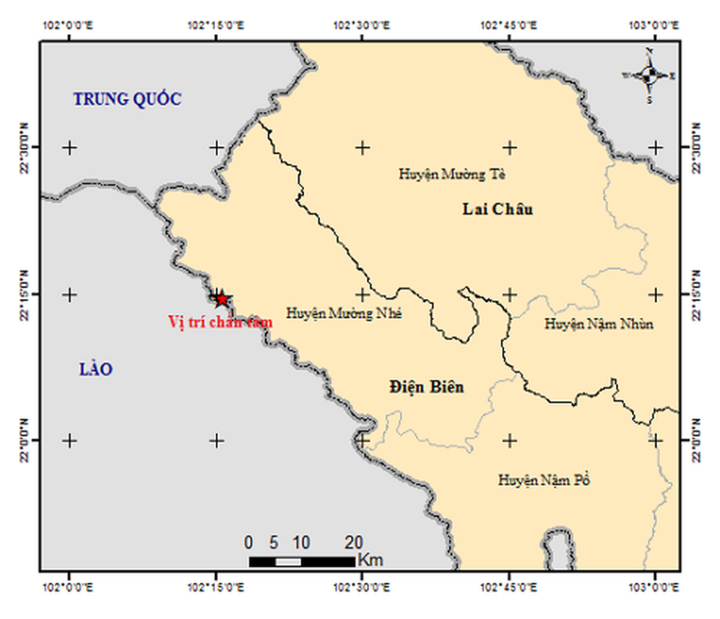
- Among the primary and secondary fault systems recorded in Vietnam, which ones do we need to monitor most closely? What magnitude of earthquakes can they cause, sir?
In Vietnam, there are more than 40 fault systems that can generate earthquakes. Experts have classified them into two levels: level 1 and level 2. In particular, level 1 has the potential to generate the strongest earthquakes.
In the North, geologists and seismologists often name level 1 fault zones after rivers. For example: Red River, Da River, Ma River fault zones… These are level 1 fault zones that are capable of generating very strong earthquakes in Vietnam.
There is another fault zone in the Northwest, the Dien Bien - Lai Chau fault zone. This fault zone once caused an earthquake as strong as 6.7 on the Richter scale in 1935 in Dien Bien.
In addition, the Son La fault zone in 1983 generated the Tuan Giao earthquake with a magnitude of 6.8 on the Richter scale.
These are the strongest fault zones, with the highest risk and the potential to generate the strongest earthquakes affecting Vietnam's territory.
- In your opinion, which localities in Vietnam will be at the highest risk if an earthquake occurs?
The Red River Fault Zone is currently rated level 1, the level with the highest possibility of earthquakes.
Associate Professor, Dr. Nguyen Hong Phuong
The strongest earthquake ever occurred in the Northwest region of Vietnam, so the provinces of Dien Bien, Lai Chau, and Son La will be the places where the strongest earthquakes could occur.
In addition, the risk of earthquakes occurring in provinces and cities located in the Red River fault zone is also very high, especially in places with dense population and dense construction works such as Hanoi.
The Red River Fault Zone is currently rated as level 1, the level with the highest potential for earthquakes. Without preparedness, the risk of loss of life and property will be very high.
- What is the current level of earthquake monitoring and forecasting system in Vietnam? Does Vietnam have enough technology and data to detect early risks from "dormant" faults?
Vietnam currently has about 30 seismic stations spread across the country, enough to record earthquakes occurring within the territory. This is a very important monitoring platform.
However, to predict the risk from “dormant” faults, we need to develop a network of GPS stations to measure the displacement of the Earth’s crust. When there are signs of unusual movement around faults, it can be an early warning of an impending earthquake.
To do that, Vietnam needs to invest more in both seismic and GPS monitoring systems, especially in high-risk areas like the Northwest.
- Based on what you just analyzed, the risk of earthquakes in the northern region of Vietnam will be higher than in the central and southern regions?
Exactly! In Vietnam, the Northwest is the region with the strongest earthquakes on record. In the future, this is still the region threatened by the strongest earthquakes in the country.
Earthquakes in the Central and Southern regions are not as intense as those in the North. Some earthquakes that have occurred in the Central Highlands such as Kon Tum and Bac Tra My (Quang Nam) have caused panic among the people, but they were still mild earthquakes. These earthquakes were caused by stimulation and human impact on nature, specifically hydroelectric and reservoir activities.
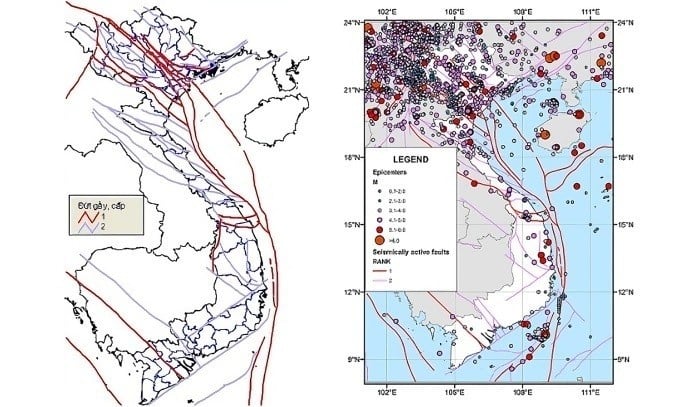
- From a professional perspective, what is the biggest gap in response, planning and construction related to earthquake risks in Vietnam today? Where should we start to limit the consequences in the future, sir?
Technically, to better respond to and predict earthquakes, we should have a denser network of earthquake recording stations. The current number of 30 stations, each hundreds of kilometers apart, is not safe enough.
The research results of seismologists today show that the areas at risk of strong earthquakes in Vietnam are quite complete. Besides, there are also very detailed standards and regulations for earthquake-resistant design of houses.
However, to have a connection between the results of scientists and the awareness of people, there needs to be an education strategy to raise awareness. Currently, when people build houses in the city, they still do not think about how to comply with the standards and regulations of seismic resistance design in that area so that the construction can withstand the attack of an earthquake.
- With the intensity of the recent earthquake in Myanmar, if it happened in Hanoi, do you think construction works, especially high-rise buildings, can ensure safety?
Certainly, most houses will be damaged if an earthquake of such magnitude occurs. Currently, only high-end apartments pay attention to earthquake-resistant design. The rest, the vast majority of people who want to build their own houses do not pay attention to these technical parameters.
Thanks for sharing!
Source: https://baolangson.vn/chuyen-gia-canh-bao-dut-gay-ngu-yen-co-the-gay-dong-dat-lon-o-tay-bac-ha-noi-5043957.html



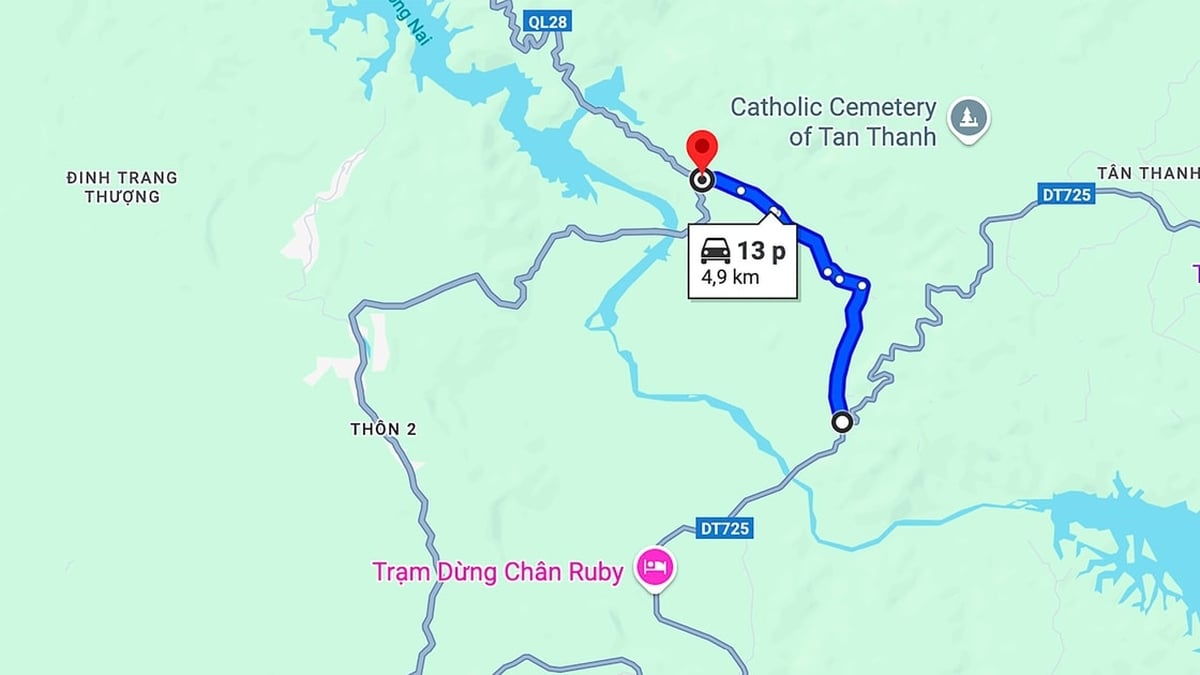

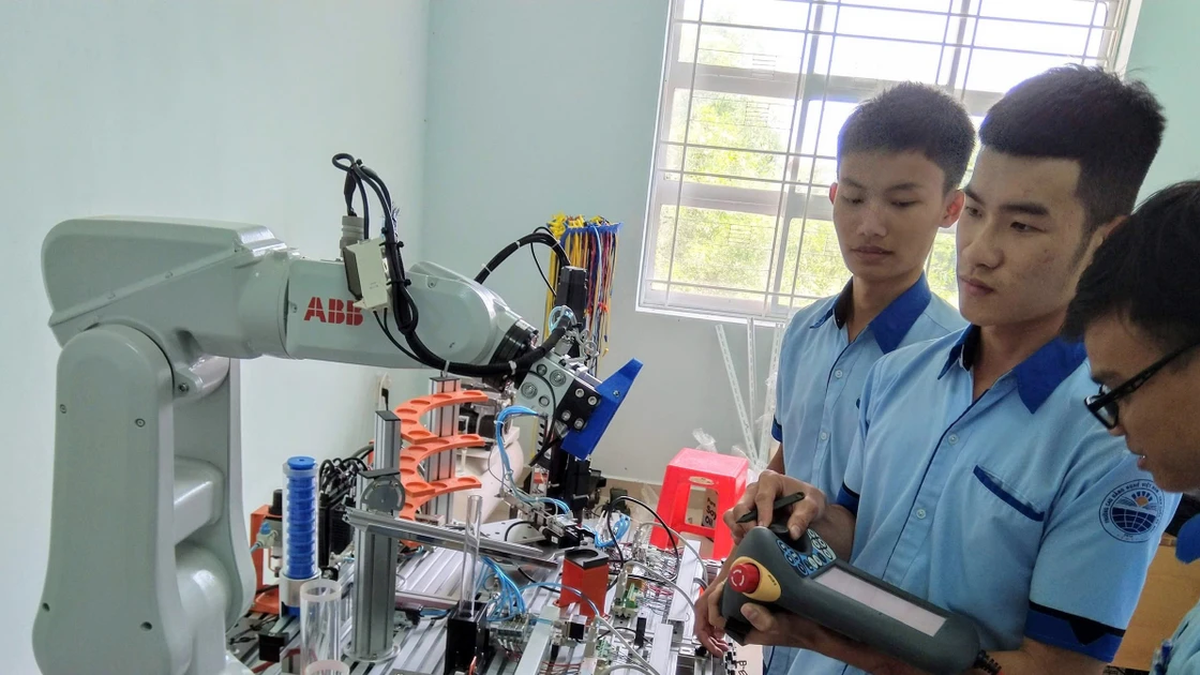

















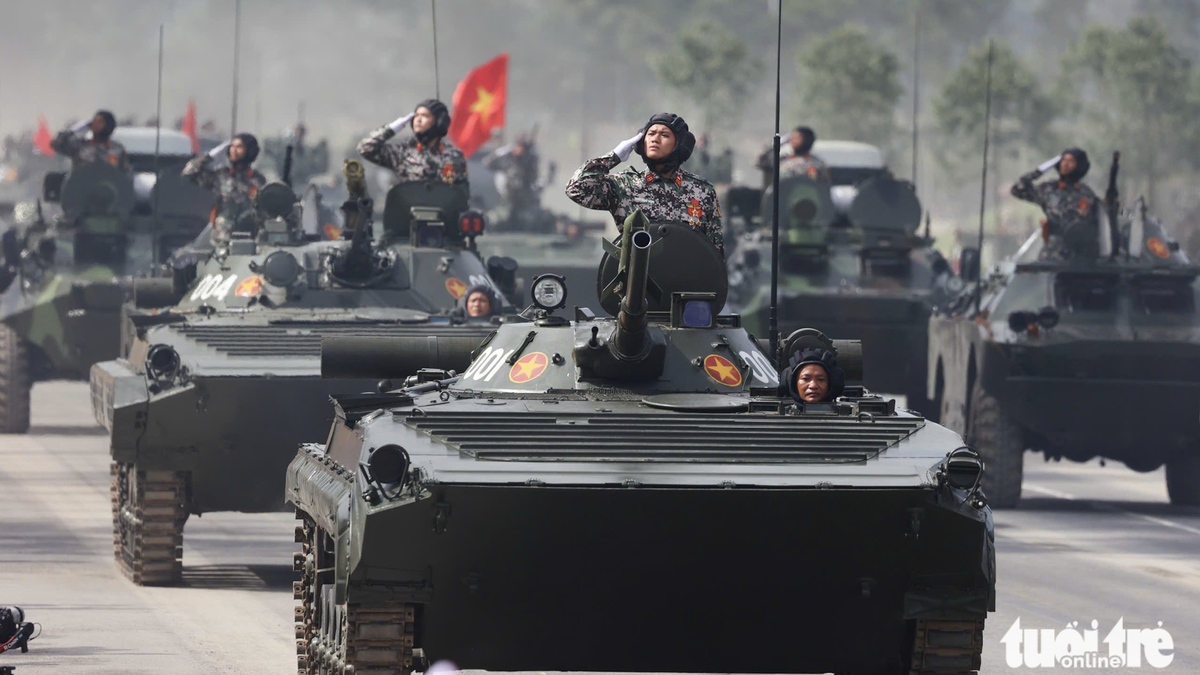
![[Photo] Discover the "wonder" under the sea of Gia Lai](https://vphoto.vietnam.vn/thumb/1200x675/vietnam/resource/IMAGE/2025/8/6/befd4a58bb1245419e86ebe353525f97)

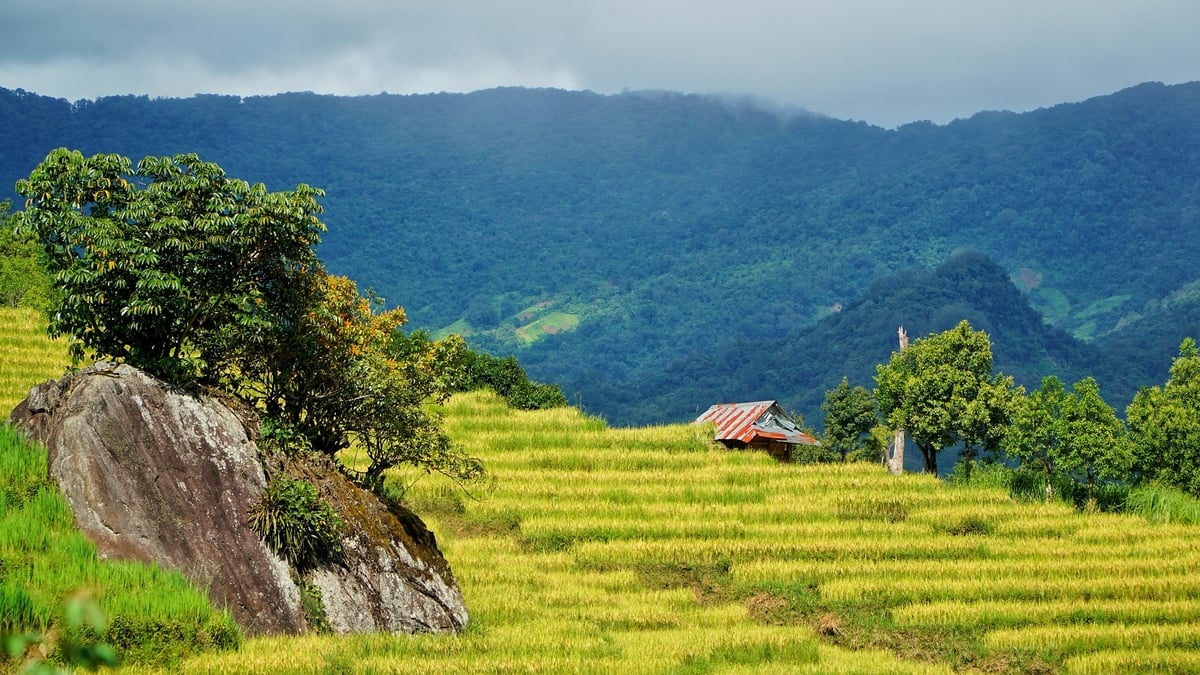





![[Photo] Nghe An: Provincial Road 543D seriously eroded due to floods](https://vphoto.vietnam.vn/thumb/1200x675/vietnam/resource/IMAGE/2025/8/5/5759d3837c26428799f6d929fa274493)
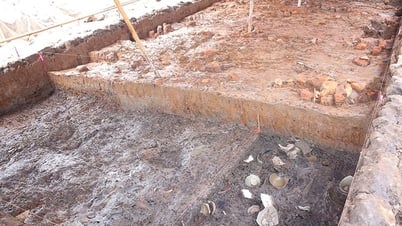



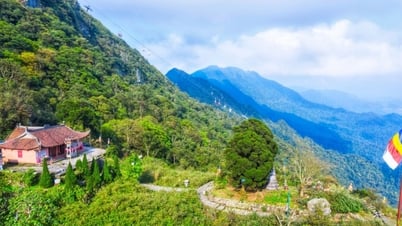





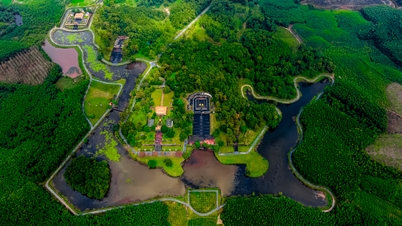

































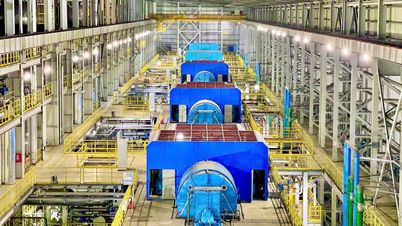













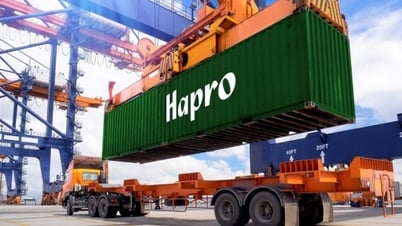




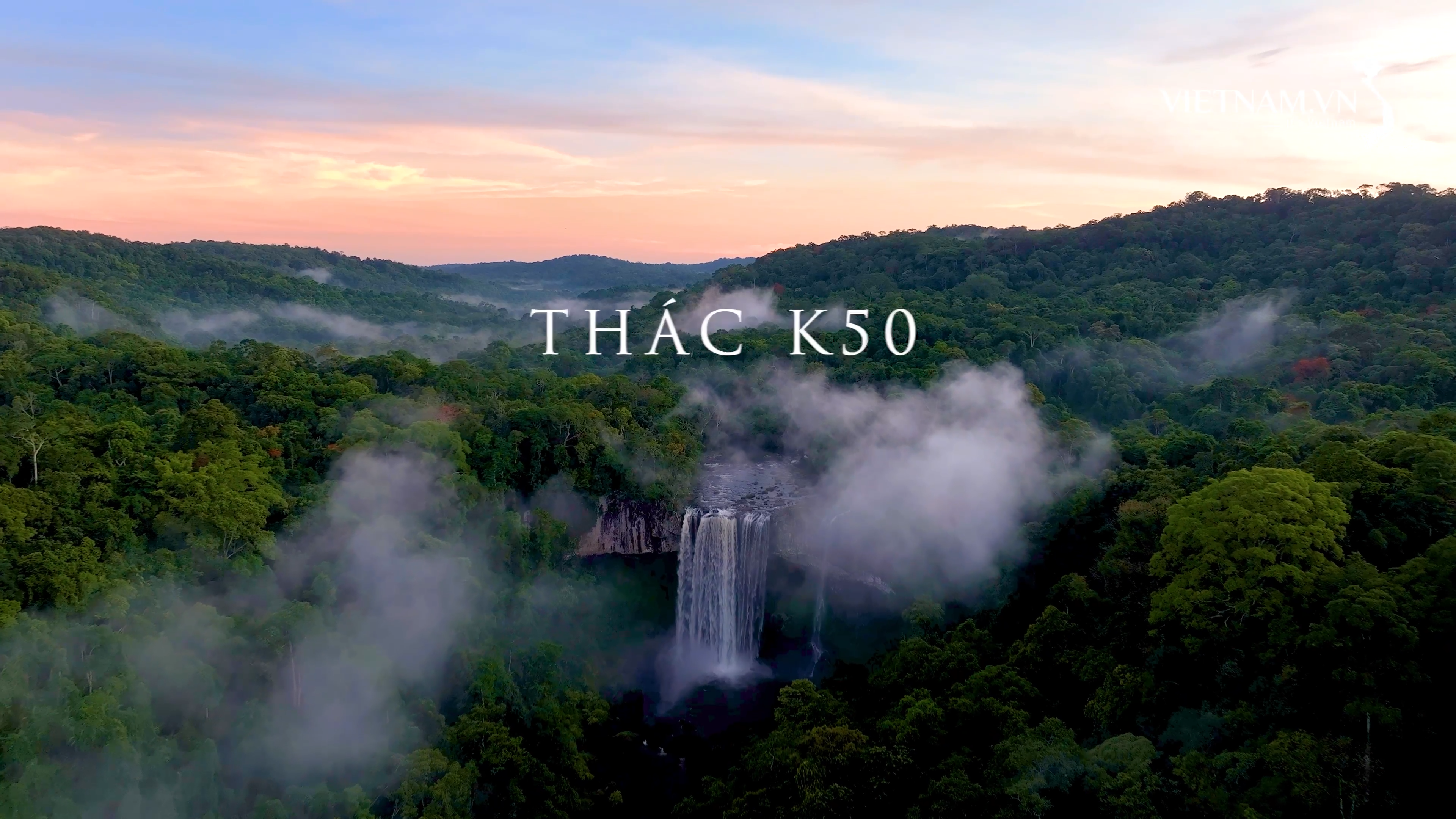



Comment (0)